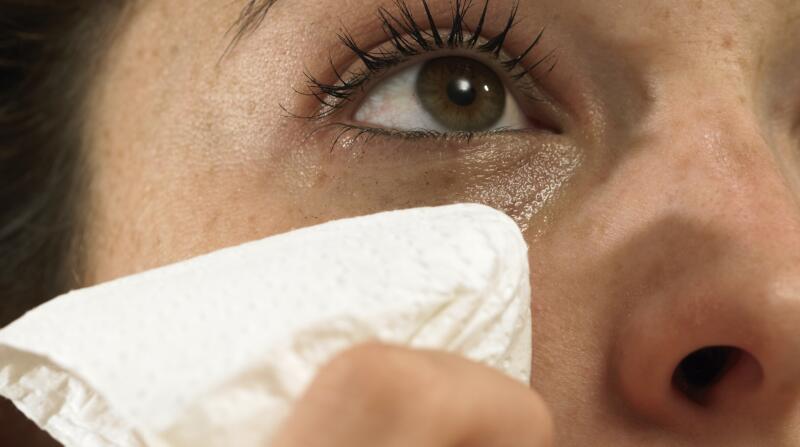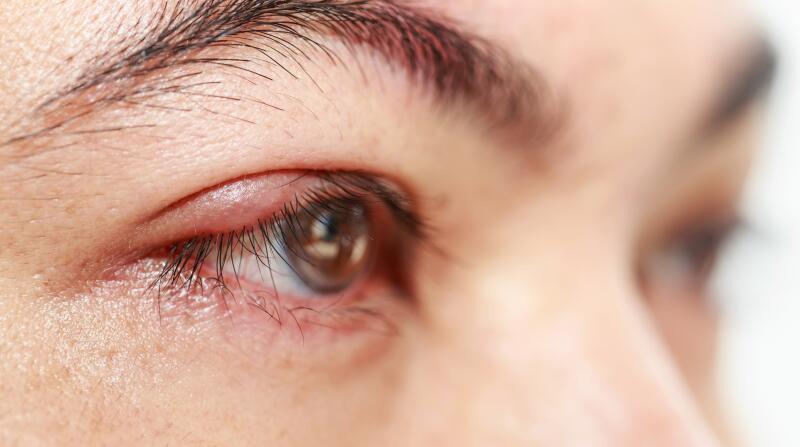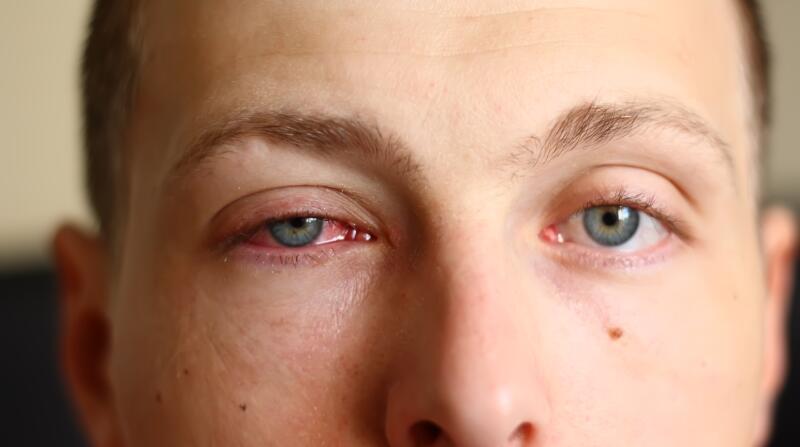Types of Eye Discharge and What They Mean
Eye mucus is a normal part of every day. Your eyes have mucous membranes—the tissue that lines body cavities and many organs. Mucous membranes have glands that make mucus. As your eyes make mucus, they also wash it away when you blink with fluid from the tear ducts. But occasionally, you get a buildup in mucus that results in boogers in your eyes. Here’s a look at what mucus in eye corners, eyelids and eyelashes could mean.




















